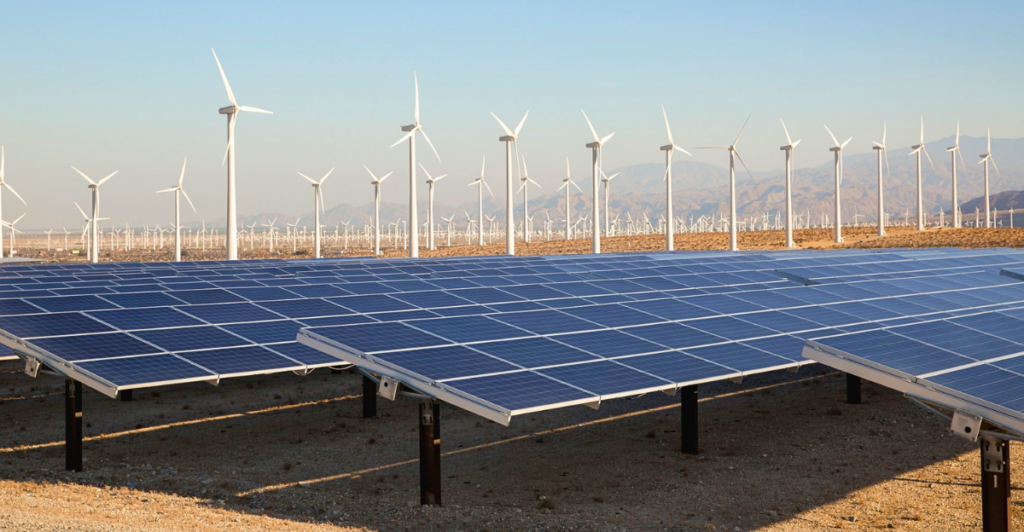
In a historic first for the U.S., wind and solar energy surpassed that of coal in electricity generation in 2024, representing a notable milestone in the nation’s energy transition.
Collectively, these renewables made up 17% of the electricity mix, compared to 15% for coal. It marks a decade of exponential growth in renewables, driven by market forces, technological innovations, and declining costs.
Solar power alone grew by a staggering 38% for the year, adding 31 gigawatts of utility-scale capacity—equivalent to nearly 60 million photovoltaic panels. Wildlife conservationists hail this shift as an important leap towards addressing climate change and minimizing environmental harm caused by coal mining and combustion.
A Decade of Transformation in Energy Policy

The dominance of coal in U.S. electricity generation peaked in 2007, but the rise of fracked natural gas and renewables has gradually eroded away at its share.
Ten years ago, coal produced three times more electricity than solar and wind combined; today, the roles are reversed. This shift is not just technological—it’s a paradigm shift in energy policy and public sentiment.
The Inflation Reduction Act of 2022 played a critical role by allocating billions of tax credits and grants to accelerate the clean energy transition. Historical comparisons highlight the progress that renewables have made, with solar power growing sevenfold and wind doubling since 2015.
Solar Energy’s Unprecedented Growth
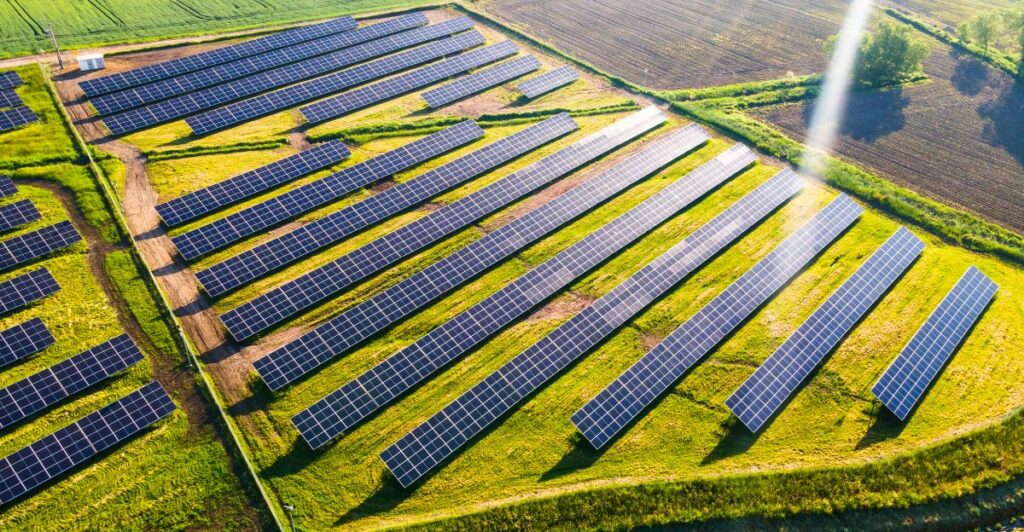
In 2024, solar energy became the fastest-growing source of electricity generation in the U.S., accounting for 81% of added annual capacity. Utility-scale solar saw 31 gigawatts of new installations last year, and small-scale systems added another 85 billion kilowatt-hours — a 16% increase from 2023.
Texas led the nation in solar growth, a sign of its transformation from an oil-and-gas hub to a renewable powerhouse. Solar’s economic advantages have been pivotal, establishing solar as the least expensive source of electricity available globally in 2020, which continues to drive adoption across residential, commercial, and industrial sectors.
The Steady Growth of Wind Power
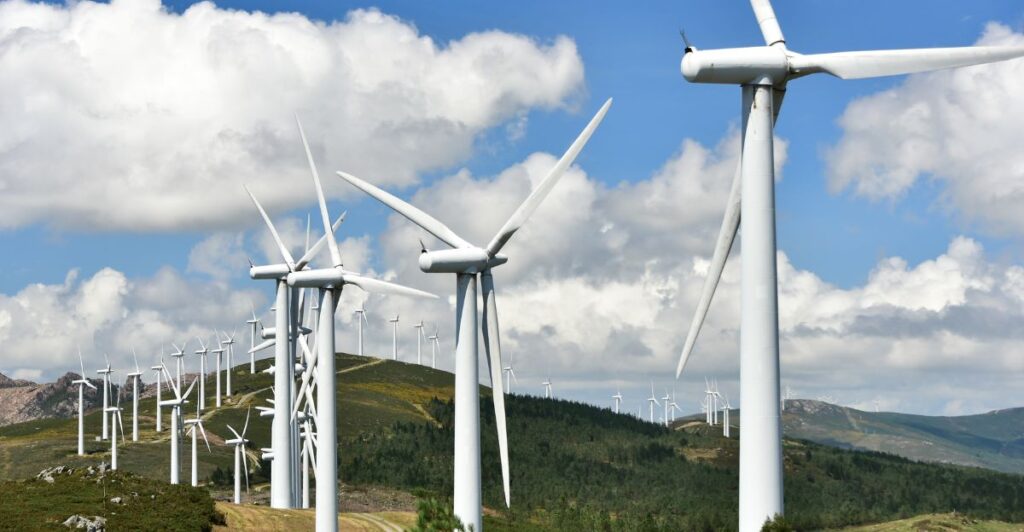
Wind energy remains a cornerstone of U.S. renewables, generating almost twice as much electricity as solar. In 2024, wind provided about 10% of the national electricity mix, with Texas leading production at nearly three times that of any other state.
Electrical power generation facilities with onshore wind remain the least expensive over coal and gas and also bring significant economic benefits for local job creation and local investment.
States such as Iowa and Oklahoma have adopted wind power as a main source of energy. Last year, wind accounted for more than half of Iowa’s electricity generation.
Environmental Benefits of Renewables

Switching from coal to renewables has profound environmental implications. Coal mining destroys ecosystems and pollutes rivers and waterways, while its combustion emits planet-warming carbon dioxide and toxic air pollutants.
In contrast, wind and solar produce electricity without emitting greenhouse gases or other pollutants. Wildlife conservationists are particularly optimistic about this transition; less dependence on coal reduces habitat destruction due to coal extraction and air quality issues that endanger biodiversity. Renewable projects also align with broader climate goals, like achieving carbon pollution-free electricity by 2035.
Economic Impacts
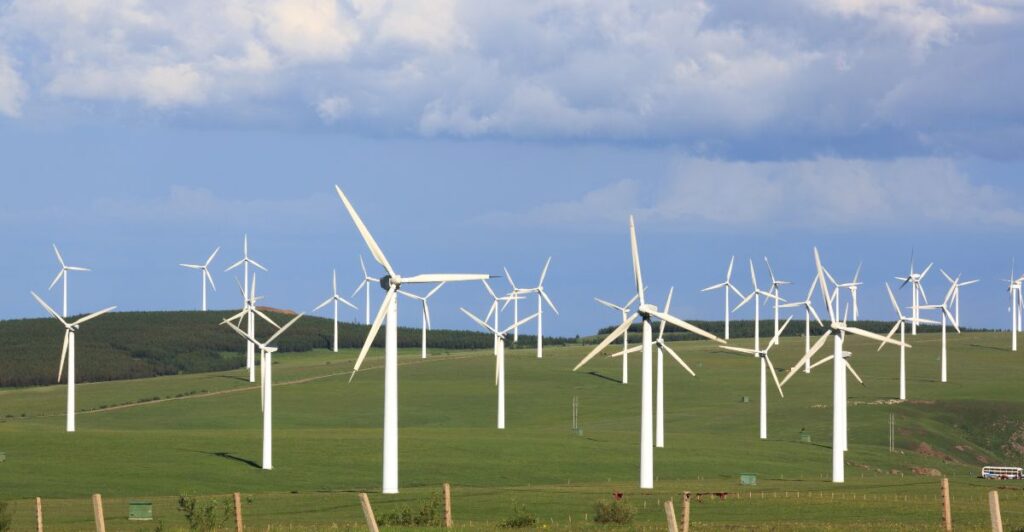
Local economies have also benefited as new renewable energy projects create jobs and attract investment. U.S. module production surged by 190% last year, adding tens of thousands of manufacturing jobs in the solar industry alone.
Wind farms similarly boost rural economies through land lease payments and the development of infrastructure. While many mining communities have suffered job losses after coal plants closed, retraining programs for jobs in renewable energy are already in place, providing a path to economic recovery. The overall economic benefits far outweigh the costs associated with transitioning away from fossil fuels.
Challenges Ahead

Despite these achievements, challenges persist. The new administration has actively undermined renewable energy efforts by cutting funds, spreading misinformation, and creating regulatory obstacles.
Additionally, rising electricity demand—driven by AI data centers, crypto mining operations, and electric vehicles—requires the grid to be greatly expanded.
According to a new report, the U.S. will need to install as much as 900 gigawatts of renewables and batteries by 2040 to meet rising demand while maintaining grid stability.
Solutions to Scale Renewables
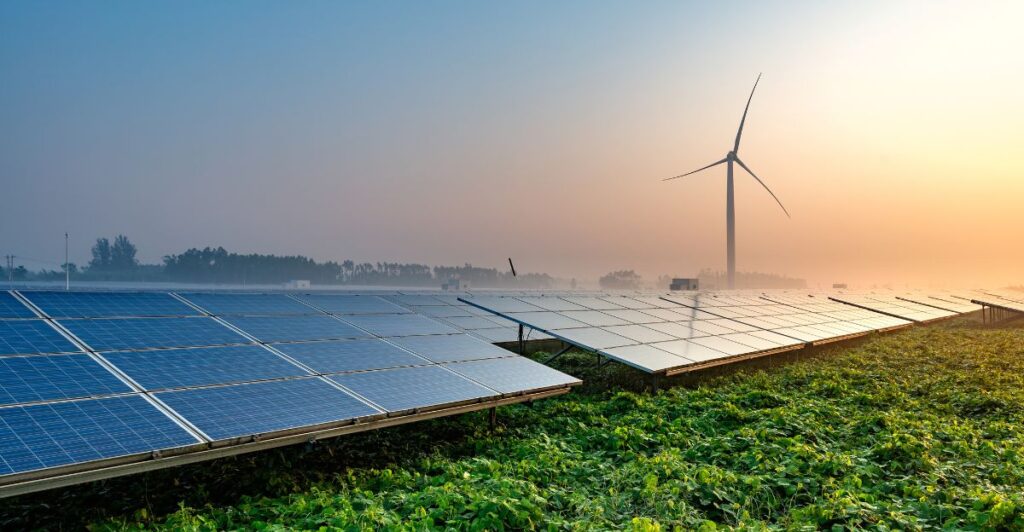
To maintain momentum, policymakers must prioritize grid modernization and storage solutions like batteries to complement intermittent renewable generation.
Investments in transmission infrastructure are crucial to connecting rural wind farms and solar installations to urban centers where demand is highest. Tax incentives and subsidies should continue to support both utility-scale projects and residential systems.
Collaboration between states can also amplify progress. For example, Texas is leading in wind and solar energy, serving as a model for other states that are aiming to diversify their energy portfolios.
Impacts of Renewables

The rise of renewables could catalyze broader societal transformations beyond energy markets. For example, cheaper electricity could speed up electrification in industries such as transportation and manufacturing, further reducing greenhouse gas emissions.
Increased reliance on clean energy could weaken geopolitical tensions tied to the fossil fuel trade and enhance national security through energy independence. Cleaner air and water will also provide wildlife with better habitats, which in turn will indirectly support wildlife conservation efforts.
A New Era for U.S. Energy
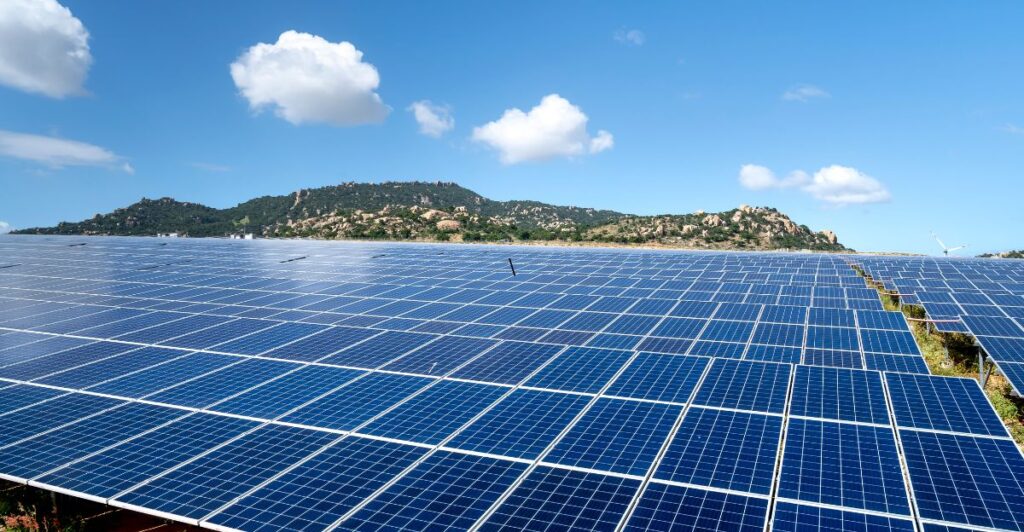
The overtaking of coal by wind and solar signals a truly historic turning point for U.S. energy policy—a victory of innovation over inertia. While political resistance persists, market forces are proving unstoppable. Renewables are now cheaper than fossil fuels while offering unparalleled environmental benefits.
This transition isn’t merely about reducing emissions; it’s about redefining America’s relationship with energy itself. As Dave Jones so aptly put it, “Solar is winning,” but make no mistake—wind isn’t far behind—and together, they are shaping the future of electricity generation for generations to come.
Explore more of our trending stories and hit Follow to keep them coming to your feed!

Don’t miss out on more stories like this! Hit the Follow button at the top of this article to stay updated with the latest news. Share your thoughts in the comments—we’d love to hear from you!







